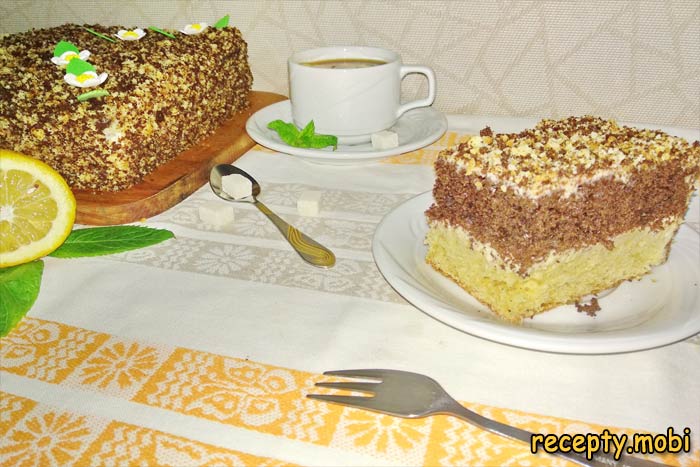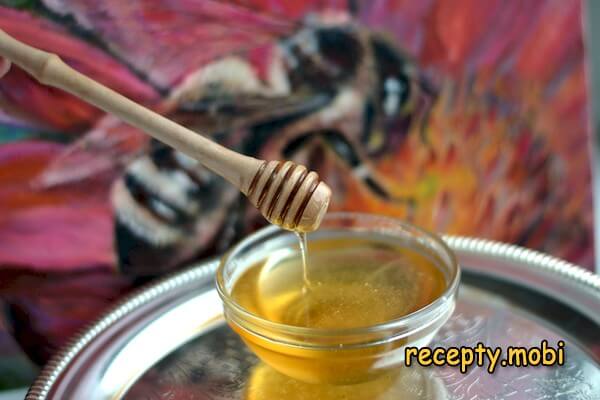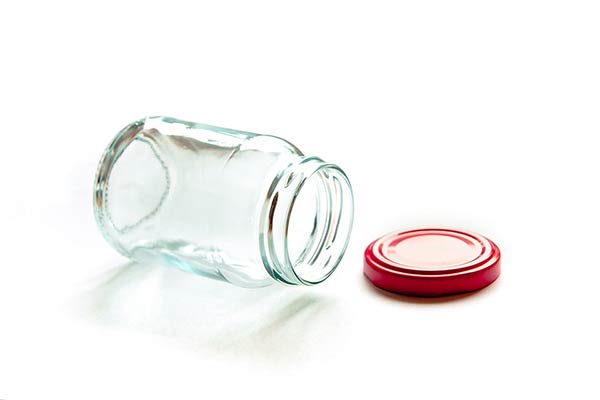
How to Sterilize Jars and Lids
Anyone who preserves berries, fruits, and vegetables should learn how to properly prepare jars and lids. Only clean and sterile containers can keep winter preserves fresh for a long time. In this article, we will share tried-and-true methods of sterilization. Let's get started.
Preparing Jars
First, thoroughly wash the glass jars in warm water. Make sure to remove any traces of grease, dirt, and rust. Use baking soda to clean any stubborn residues.
Once the jars are completely clean, it's time for the second step: a visual inspection. If you find any chips or cracks in the glass, it is best to discard that jar. For preserving, you need containers that are free from any damage.
Method 1. Sterilization in a Pot of Boiling Water
This method is convenient for jars with a capacity of up to 1 liter. Larger jars can be difficult to fit in a pot of water.
Step-by-step instructions:
- Wash the jars thoroughly with clean water and baking soda.
- Place a kitchen towel at the bottom of a large pot.
- Fill the jars with water and place them in the pot so that they do not touch each other. You can also add the lids for sterilization.
- Pour water into the pot until it reaches the shoulders of the jars. Heat the water until it boils. Then reduce the heat to medium and let it simmer for 20 minutes. This time is usually sufficient. If you cannot fit the jars upright in the pot, you can lay them down.
- Carefully remove the sterilized jars from the pot. Pour out the water and use them immediately for your intended purpose.
Method 2. Sterilization Over Steam
When the internal walls are “hung up”, and drops are collected at the bottom, sterilization can be finished. Approximate time of processing cans of ferry:
- half-liter-6-8 minutes;
- cylinders with a volume of 1-2 l-10-15 minutes;
- 3 l-20-25 min.
Sterilization methods:
We will need a container on the edges of which an inverted bank will be held. Fill the container half or less with water, install the jar up on the edges of the container with the bottom up so that its neck is located above the water.
If there is no such container, you can take any pan or a kettle of water, put a colander on it, and put the jar upside down on it. If this option is not suitable, just install a bust in a pan and hang a jar on it. It is necessary to ensure that steam from boiling water gets inside the can.
We put on fire, bring the same boils. We withstand over the steam for at least 15 minutes. Three -liter jars are kept under a ferry for at least 20 minutes.
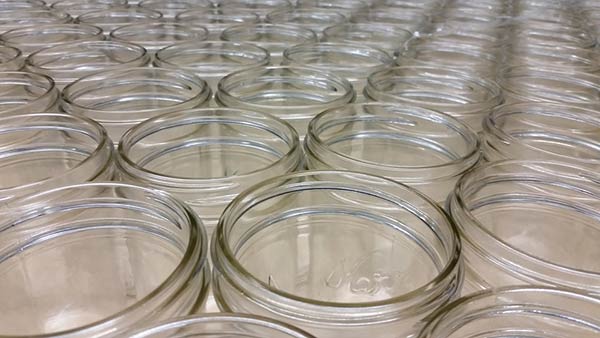
Method 3. Sterilization in a Multicooker and Steamer
Wash the cans and a multicooker bowl well well. If meat or some fragrant dishes were cooked in the slow cooker, you need to get rid of outsiders-add about three glasses of water and a couple of lemon slices to the bowl, close the lid, turn on any of the modes for several minutes (soup, baking, stew).
Pour water into the slow cooker, place a steamed grille into the bowl for steaming, and install jars down on it with a neck. If you have small jars and their size allows you to close the multicooker lid, but this is not necessary. Set the "steam -for steam" mode and process with steam:
- half-liter cylinders-6-8 minutes;
- banks with a volume of 1-2 l-10-15 minutes;
- 3 l-20-25 min.
Not every slow cooker has a pair of pair. In this case, turn on any program, for example, "soup". It is simply necessary that the water boils, since the sterilization of the dishes occurs under the influence of steam.
Method 4. Processing Jars in the Oven
This method is considered the most effective, since the containers warm up at high temperature. You can simultaneously lay more than a dozen small cans or a couple of pieces of 3 liter in the oven.
Place the jars in a cold oven on the rack. It is best to position them upside down.
First, set the temperature to 90 degrees Celsius. After a few minutes, increase the temperature to 120 to 130 degrees Celsius. Keep the jars in this temperature for 10 to 20 minutes.
Leave the jars in the turned-off oven until they cool completely. Then, they are ready for canning.
Method 5. Cold Sterilization (Rinsing)
If you prefer not to spend time heating the jars in water or the oven, you can take another approach by using alcohol to sanitize the containers. This method is quite effective and requires minimal effort.
Dry the washed jars by placing them upside down on a rack. In a medium-sized container, pour in 50 ml of alcohol. Cover it tightly and shake well for 30 seconds to ensure the sanitizer coats the entire surface. Pour the alcohol into the empty jars and dry the container.
You can also use vinegar for this purpose. For a half-liter jar, you will need about 150 ml of 9% vinegar and 100 ml of water. Pour the vinegar and water into the jar, seal it tightly, and shake for 20 to 30 seconds. This solution can sanitize 15 to 20 jars.
Similarly, you can use potassium permanganate for sanitization. Create a rich pink solution of potassium permanganate, pour it into the jar, seal it, and shake for about 20 seconds to treat the inner walls. This solution can sanitize over 20 jars.
Method 6. Sterilization in a Dishwasher
Some believe that proper sterilization requires heating to 100 degrees Celsius, making dishwasher sterilization seem impossible since it heats to only 70 or 80 degrees. However, 70 degrees Celsius is sufficient to kill microbes. Therefore, this method can also be used.
However, not all dishwashers reach this temperature. If your machine's maximum temperature is below 70 degrees Celsius, it is better to use other sterilization methods.
First, wash the jars to remove any dirt. Load them into the dishwasher and set it to the highest possible temperature. Do not add any detergent!
This method has its advantages. It allows you to process more jars at once compared to other methods. The process runs automatically, freeing up your time. Plus, there is no risk of getting burned by steam or boiling water.
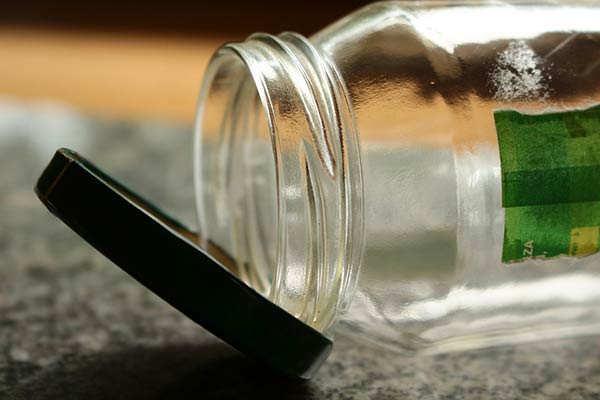
Sterilizing Lids
Some lid designs feature a sealing ring that should not be heated too much. It is recommended to sterilize these lids at a temperature of about 100 degrees Celsius, no higher.
Simple Metal Lids and Screw Caps
During a visual inspection, discard any lids that are dented or rusty.
You can sterilize lids along with the jars if you are using methods like boiling water, steaming, or a multicooker. Simply drop them into the boiling water. It is also easy to sterilize them separately.
Pour water into a small pot and bring it to a boil. Then reduce the heat to low, add the lids, and simmer for at least 10 minutes.
Remove the heated lids from the water using a spoon and use them immediately for canning.
Plastic Lids
Plastic lids should not be held in boiling water for too long, as they may deform. Wash them thoroughly and then immerse them in boiling water for no more than 15 seconds.

